
Viewing All Latest Articles

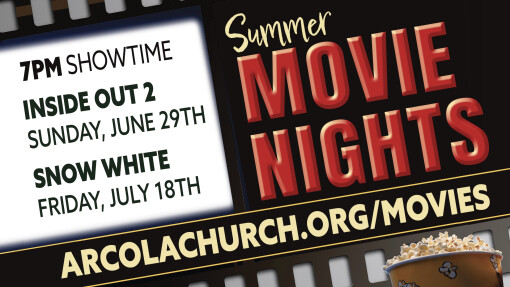
Movie Nights at Arcola
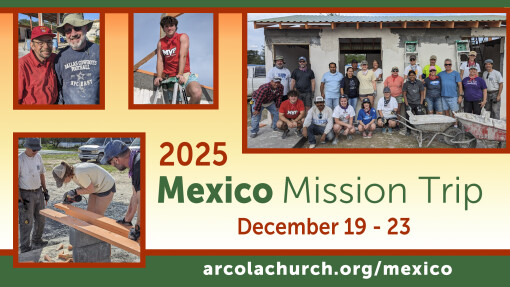
Mexico Mission Trip 2025 - Registration Open!
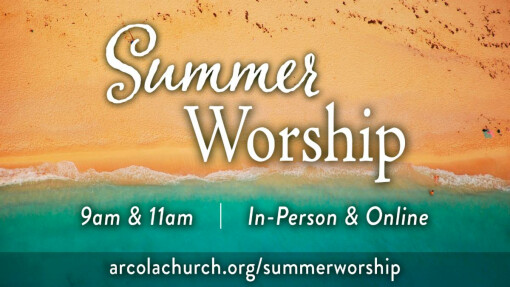
Summer Worship

God Goes to the Movies Summer Sermon Series

Mother's Day Diaper Drive - May 11 & 18
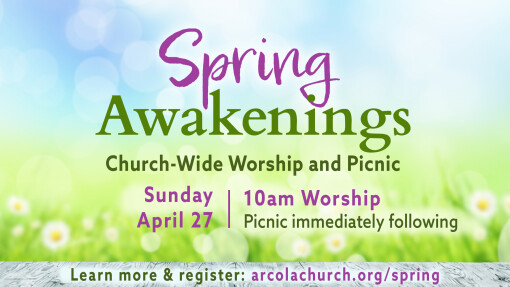
Spring Awakening Picnic
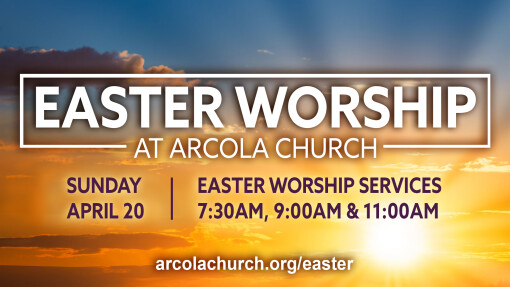
Holy Week & Easter Worship

Singers Invited to Join Easter Festival Choir

